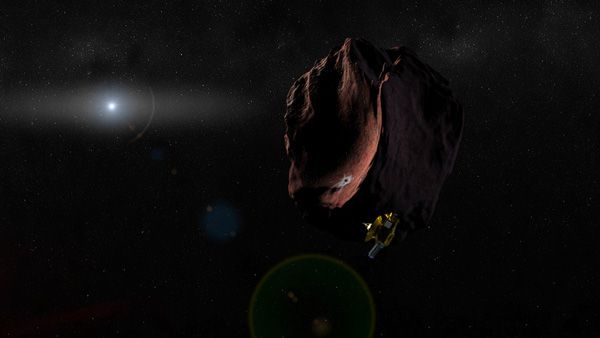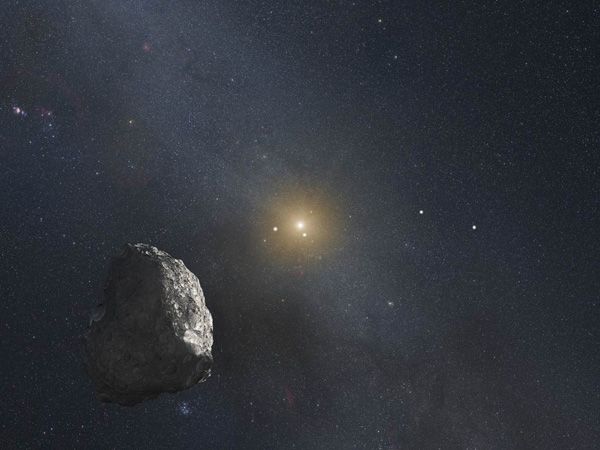
NASA / Johns Hopkins University Applied Physics Laboratory / Southwest Research Institute
Maneuver Moves New Horizons Spacecraft toward Next Potential Target (Press Release)
Success in First of Four Such Maneuvers over the Next Two Weeks
NASA’s New Horizons spacecraft has carried out the first in a series of four initial targeting maneuvers designed to send it toward 2014 MU69 – a small Kuiper Belt object about a billion miles beyond Pluto, which the spacecraft historically explored in July.
The maneuver, which started at approximately 1:50 p.m. EDT on Oct. 22, used two of the spacecraft’s small hydrazine-fueled thrusters, lasted approximately 16 minutes and changed the spacecraft’s trajectory by about 10 meters per second. Spacecraft operators at the Johns Hopkins University Applied Physics Laboratory in Laurel, Maryland, began receiving data through NASA’s Deep Space Network at approximately 8:30 p.m. EDT that indicated a successful maneuver.
All told, the four maneuvers will change New Horizons’ trajectory by approximately 57 meters per second, nudging it toward a prospective close encounter with MU69 on Jan. 1, 2019. That flyby would be part of an extended mission that NASA still must approve; the New Horizons team will submit a formal proposal to NASA for that mission in early 2016.
The remaining three KBO targeting maneuvers are scheduled for Oct. 25, Oct. 28 and Nov. 4.
New Horizons is approximately 74 million miles (119 million kilometers) beyond Pluto and 3.16 billion miles (5.08 billion kilometers) from Earth. The spacecraft is healthy and continues to return data stored on its digital recorders from its flight through the Pluto system on July 14, 2015.
New Horizons is part of NASA’s New Frontiers Program, managed by the agency’s Marshall Space Flight Center in Huntsville, Alabama. APL designed, built, and operates the New Horizons spacecraft and manages the mission for NASA’s Science Mission Directorate. The Southwest Research Institute leads the science mission, payload operations, and encounter science planning.
Source: New Horizons Website
****

NASA, ESA, and G. Bacon (STScI)

No comments:
Post a Comment